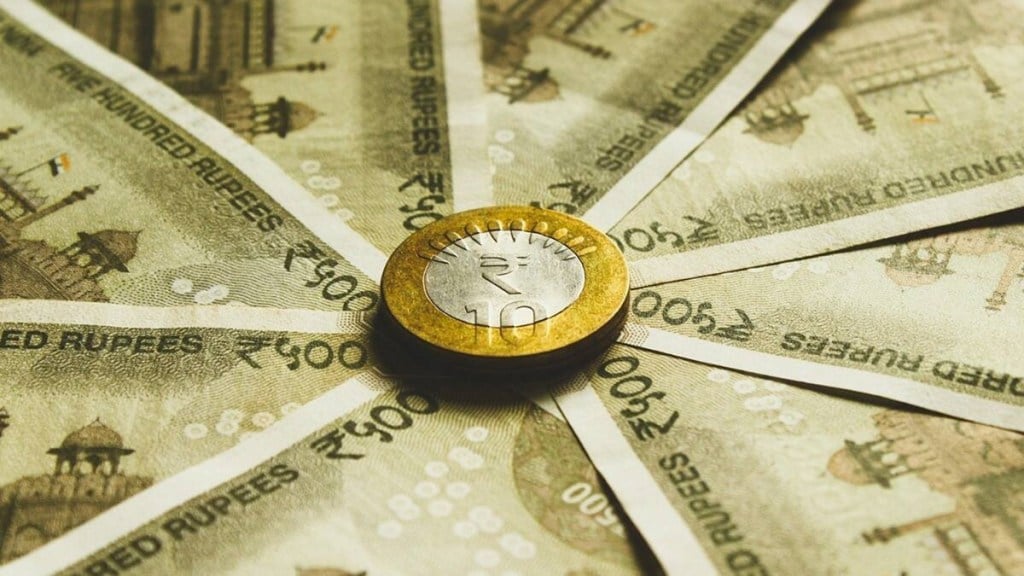A full-fledged recovery in the private capital investment cycle is still some time away and economists believe that growth in the October to December 2022 quarter continued to be largely led by government capital expenditure.
According to Devendra Kumar Pant, Chief Economist and Head (Public Finance), India Ratings & Research, gross fixed capital formation is likely to have grown 8.6% in the third quarter of the fiscal from 2.1% in the same period in 2021-22. “GDP growth in the third quarter is expected to be lower at 5% as against 6.3% in the second quarter, mainly driven by gross fixed capital formation. Higher inflation and monetary tightening as well as weakness in global demand are seen to have impacted growth in the third and fourth quarter as well as in the fiscal 2023-24,” he said.
Gross fixed capital formation (GFCF) grew by 10.4% (at 2011-12 prices) in the second quarter of the fiscal from 20.1% in the first quarter. “This suggests that private sector investment activity was yet to pick up materially, with the Centre driving the capex agenda,” Crisil had said in a note in December 2022.
GFCF is seen to have grown by 11.5% in FY23 in the first advance estimates of national income that was released by the National Statistical Office on January 6. It will release the quarterly GDP estimates for the October – December 2022 quarter and the second advance estimates on February 28, which will give a better picture of economic growth and investment activity.
The Economic Survey is optimistic of a revival in the private capex cycle. “A sustained increase in private capex is also imminent with the strengthening of the balance sheets of the corporates and the consequent increase in credit financing it has been able to generate,” it had said.
Concerns over a possible recession in advanced economies as well as stickiness in inflation are seen to be some of the key reasons for the muted private capital expenditure in the quarter. The impact of the PLI schemes on private capex is also still not very clear.
Suman Chowdhury, Chief Analytical Officer, Acuité Ratings & Research said there has been some recovery in private capital expenditure in sectors like renewable energy, especially solar power generation, city gas distribution and construction sector. “I would expect a further step up in FY24 but availability and cost of funds particularly from overseas may pose challenges,” he said. The agency expects Q3 GDP growth between 4.5% to 5%. “While the domestic demand has been largely resilient, there was no base advantage in Q3 vs the previous quarters. The global uncertainty and slowdown have made export growth negative and impact of higher interest rates is being felt,” he further said.
Also read: FM Nirmala Sitharaman, Janet Yellen vow to address debt risks of EM economies
Yuvika Singhal, Economist, QuantEco Research said the third quarter investment growth will yet again reflect government doing the heavy lifting via capital expenditure. “While there is some improvement, the recovery in private investments is seen to have been sluggish and uneven and it is unlikely to see a strong turnaround as we enter FY24,” she said, adding that in the third quarter of this fiscal, uncertainty over the global economic situation with concerns of an impending recession in advanced economies had peaked. In such an environment, a recovery in private investments is unlikely to have taken place. The agency has forecast GDP growth of 5% in the third quarter of the current fiscal and has retained the full fiscal forecast at 6.8%.


